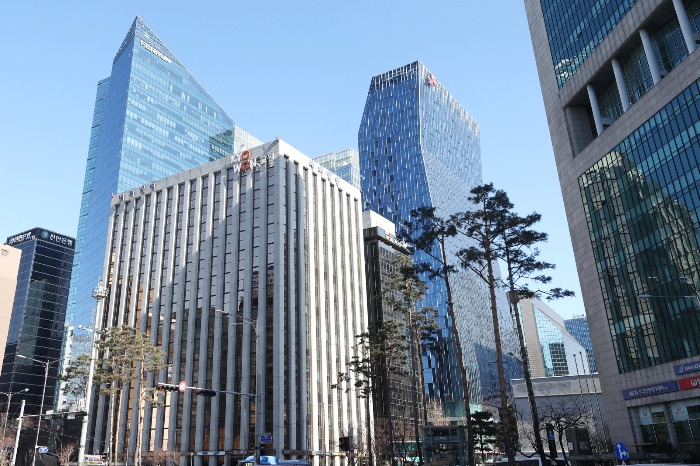The commercial real estate market in Seoul slowed this year, according to a report by South Korean online property platform RSquare.
The sum of the market transactions during the first half of 2022 is estimated to have reached 14 trillion won ($10.6 billion), the report said, based on data from property appraisal firm Korea Real Estate Board. Although the sum of the transactions didn’t include some deals made in June, it plunged by 27.4% compared with the deals in the same period of 2021.
The combined transactions from January to May were down 7.2% this year, compared with the same period last year.
The commercial real estate market in Seoul increased in 2021 as many central banks provided substantial liquidity amid the pandemic. The aggregate transactions reached 9.8 trillion won in the first half of 2020, soared to 19.2 trillion won in the first half of 2021 and slightly fell to 15.9 trillion won in the second half of 2021. Annual transactions in 2021 jumped by 30.8% from the previous year.
The market is likely to shrink this year due to rising interest rates and the economic slowdown, the report said.
Demand for offices in Seoul could be particularly sluggish due to rate hikes and reduction in facilities investments this year, RSquare’s research center head Ryu Kang-min said. Seeking lower rents, some tenants in the offices may move out from the core business districts of Seoul to other areas of the city, Ryu added.
Last year, grade-A office transactions in Seoul
hit a record high of 17.1 trillion won, according to real estate brokerage firm Jones Lang LaSalle Inc.'s report in February. Grade-A office deals in Seoul got a boost from low interest rates and ample liquidity, JLL said at the time.
Write to Tae-Ho Lee at
thlee@hankyung.comJihyun Kim edited this article.





